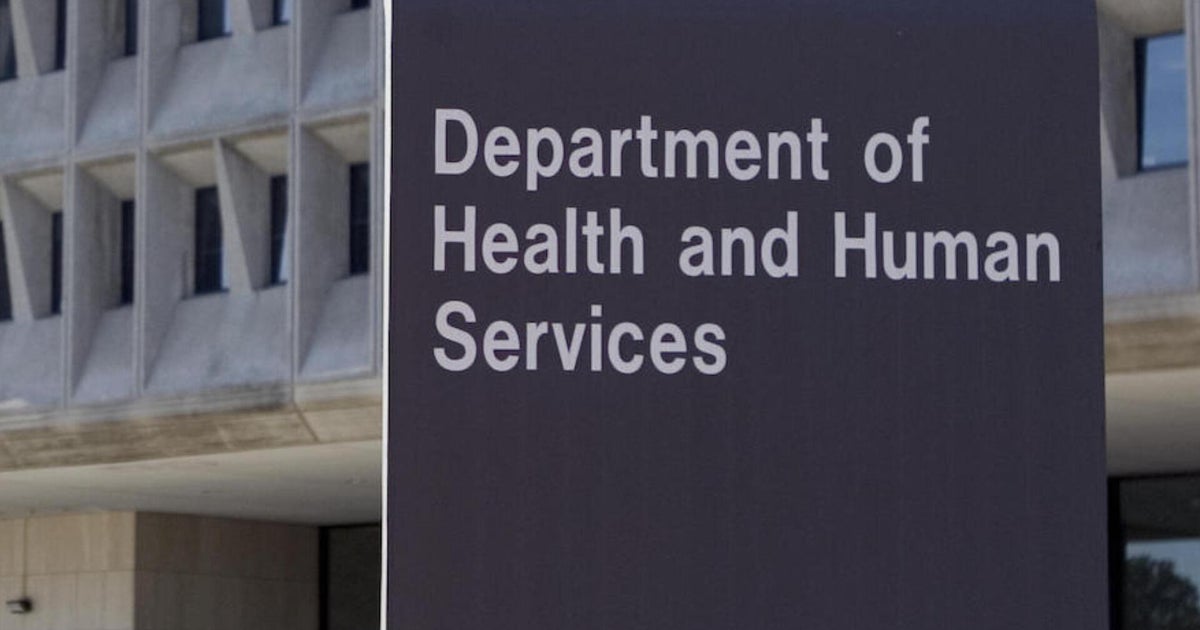NASA delays launch of $8.8 billion James Webb Space Telescope amid pandemic
Launch of the $8.8 billion James Webb Space Telescope is being delayed an additional seven months, from March to October 31, 2021, because of COVID-related work stoppages, lessons learned during earlier processing and the need for additional time to handle unexpected problems, NASA officials said Thursday.
But the cost of the slippage will be covered by budget reserves that were built into the schedule after an earlier assessment, the officials said, and additional funds will not be required for the cost-capped project as long as no major problems develop between now and launch.
"Based on current projections, the program expects to complete the remaining work within the new schedule without requiring additional funds," Gregory Robinson, JWST program director at NASA Headquarters, said in a statement. "Although efficiency has been affected and there are challenges ahead, we have retired significant risk ... over the past year."
The telescope, the most expensive, complex and potentially revolutionary science spacecraft ever built, is being readied for launch at a Northrop Grumman processing facility in Redondo Beach, California. It is now scheduled to be shipped to Kourou, French Guiana, next summer for launch atop a European Space Agency Ariane 5 rocket.
Earlier this year, NASA stopped processing due to the COVID pandemic, throwing a wrench into the JWST schedule. NASA had already planned a reassessment, but the study, like work to test and check out the telescope's systems, was delayed by the pandemic.
"As schedule margins grew tighter last fall, the agency planned to assess the progress of the project in April," NASA said in a statement. "This assessment was postponed due to the pandemic and was completed this week.
"The factors contributing to the decision to move the launch date include the impacts of augmented safety precautions, reduced on-site personnel, disruption to shift work and other technical challenges. Webb will use existing program funding to stay within its $8.8 billion development cost cap."
During an afternoon teleconference, Robinson said COVID interruptions accounting for about three months of the seven-month delay announced Thursday. Another two months was added based on lessons learned during earlier testing and the expected challenges of upcoming tests and checkout.
Finally, another two months was built in as additional insurance in case of unexpected problems that might otherwise trigger another launch delay.
"This decision (to delay) is based on a number of factors, including evaluating the impact of COVID-19 and augmented safety precautions we've implemented as a result," Stephen Jurczyk, NASA associate administrator, told reporters. "Mission success is critical, but team safety is our highest priority."
The James Webb Space Telescope is the long-awaited follow-on to the Hubble Space Telescope, one of the most productive science satellites ever launched.
The new observatory is equipped with a 21.3-foot-wide segmented mirror that dwarfs Hubble's 7.9-foot one-piece mirror, allowing it to detect infrared light emitted from the very first stars and galaxies to "turn on" in the wake of the big bang birth of the universe 13.8 billion years ago.
To capture those faint infrared emissions from the infant universe, the observatory's gold-coated beryllium mirror and instruments must be maintained at about 50 degrees above absolute zero.
To accomplish that feat, the telescope it is equipped with a multi-layer sunshield that will unfold and stretch out to the size of a tennis court after launch, blocking sunlight and thermal radiation that would otherwise prevent its four state-of-the-art infrared cameras and light-splitting spectrographs from working properly.
And unlike Hubble, the James Webb Space Telescope won't get a second chance.
Launched into low-Earth orbit with a famously flawed primary mirror, Hubble was repaired, periodically serviced and upgraded by spacewalking astronauts. But that will not be possible with the JWST, which is bound for an observing station one million miles from Earth.
The observatory will be completely on its own once launched, well beyond the reach of spacewalking astronauts even if piloted spacecraft with repair capabilities were available that could reach it. No such spacecraft are planned during the spacecraft's planned lifetime and in any case, JWST was not designed for in-space servicing.
One of the most complex science spacecraft ever built, JWST simply has to work.
That complexity and the observatory's novel design led to steady cost growth over the years since it was first proposed in 1995. Then known as the Next Generation Space Telescope, the observatory was projected to cost between $500 million and $1 billion.
In July 2018, NASA announced the total life cycle cost of JWST in support of a March 2021 launch date had grown to about $9.66 billion, including the cost of launch and $800 million to cover five years of operation.
The project is now cost capped and any additional funding would require congressional action.









